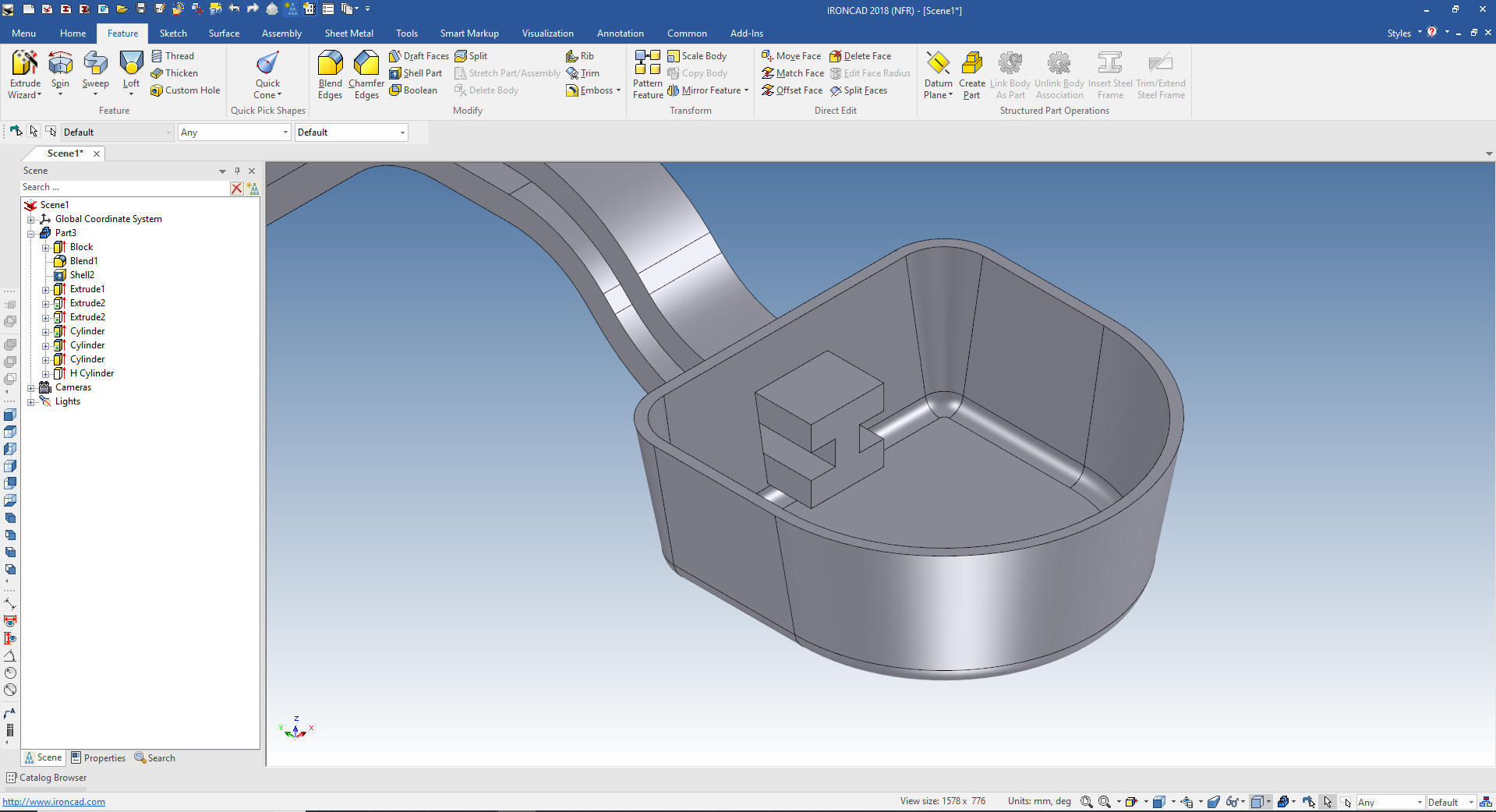

The problem is, however, that many existing MCAD system on the market do not have all the tools needed to easily leverage existing 2D design data, and reuse it in the creation of 3D models. They depend largely on the MCAD system, and of course on the user’s education and technical expertise.

The idea is to know in advance how much time, effort, and complexity would be demanded from the user during the 2D-3D transition. Reusing existing 2D data to generate 3D models.We can consider two possible scenarios for the transition to 3D: Difficulty of working with large volumes of legacy data.īased on these points, we can define the ideal CAD solution that is able to minimize all these risks (and rejection by users), as well as facilitate the reuse of existing 2D data, maintain legacy data, and keep the interaction between 3D and 2D models – all with ease of use and quick learning.Strong tendency by users to design in 2D, because of traditional technical education and work experience in two-dimensional environments.Specific needs for the maintenance of legacy data, including compatibility and 3D links with 2D original data.For example, being required to place parameters, impose constrains, create relations, and apply intuitive management systems. Rejection by designers to rules and methodologies that are imposed by 3D systems.This stems from the fear of loss of productivity during the transition to 3D and the cost of training time, and by the lack of synchronization if the system is not used consistently. Lack of commitment by users and/or from the organization towards learning 3D.So if the benefits to using 3D seem so clear and convincing, why do most users still use 2D? The answer to this question would not seem obvious, but some of the reasons are as follows: Rapid prototyping, which is easily generated from 3D models and sent as ST files to 3D printers.Generating CNC machining programs directly within the 3D model.Using 3D data received from vendors, and providing 3D models to clients.
Ironcad extrude through all full#
Maintaining full associativity of 2D drawings generated from 3D models, with complete accuracy.



 0 kommentar(er)
0 kommentar(er)
